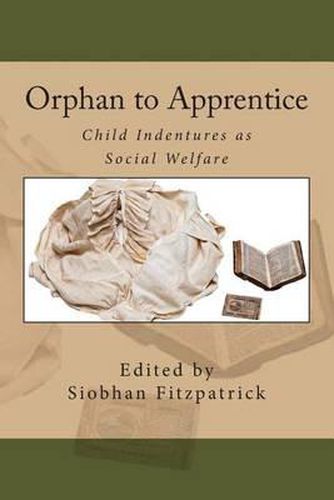Orphan to Apprentice: Child Indentures as Social Welfare
Carol Singley Phd,Diane Marano Jd,Siobhan R Fitzpatrick

Orphan to Apprentice: Child Indentures as Social Welfare
Carol Singley Phd,Diane Marano Jd,Siobhan R Fitzpatrick
This exhibit catalog seeks to explore in depth various aspects of the practice of indenting or binding out of orphaned and indigent children. Forced apprenticeship, as the practice is also known, existed from the colonial period through the mid-nineteenth century and was practiced all along the eastern sea board. The article Neither Indentured nor Adopted: Harriet Wilson’s Our Nig, by Carol Singley looks at the ways indenting orphans was intended to benefit both the child and society, sometimes allowing the child to fully integrate into their new family and sometimes resulting in severe abuse of the system. The literary portryals help to explain the later public outcry against binding out. While Singley’s article looks at the broader social and cultural implications, Diane Marano’s article examines the legal history of child indenting in her article, The Out-of-Place Child: The State’s Right to Intervene in Private Affairs Marano focuses on the legal precedents for New Jersey’s government officials to act on what they deemed were the best interests of the child and the community. Her localized account brings attention to a state that is often neglected during conversations on the subject of forced apprenticeship. The third article by Siobhan R. Fitzpatrick, Bound to the Hearth: The Role of Gender Norms in the Placement of Orphan Girls, focuses on what rights female orphans might expect to have during this process and how they differed for girls based on race as well as how the experience of female orphans differed from that of male orphans. Ultimately these three articles hope to illuminate three main subjects, the laws that guided the placement of orphan children, the experiences of orphan children and public reactions to the placement of orphans.
This item is not currently in-stock. It can be ordered online and is expected to ship in approx 2 weeks
Our stock data is updated periodically, and availability may change throughout the day for in-demand items. Please call the relevant shop for the most current stock information. Prices are subject to change without notice.
Sign in or become a Readings Member to add this title to a wishlist.


